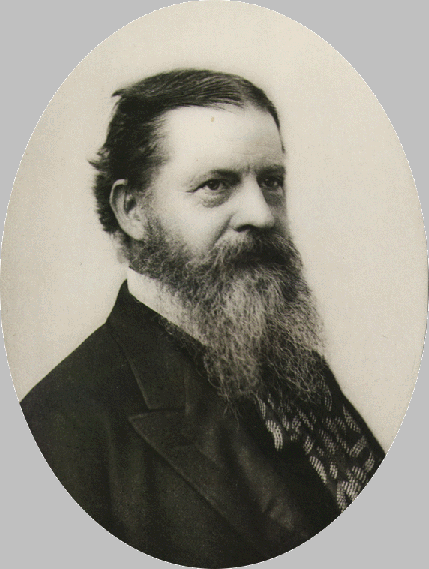
A rudimentary knowledge of semiotics is, in my opinion, necessary for anyone studying any form of communication. Semiotics is the study of signs or the theory of signification. It explores and describes the way in which meaning is created and understood. It’s a highly complex form of philosophical thought that is relatively new and widely disputed. Its acceptance into wider schools of thought is perhaps hindered by the complex form of language used to describe semiotics. C. S Peirce is considered to be the founding member of semiotics and I would suggest reading, Peirce on Signs: Writings on Semiotic, by James Hoopes (editor). His works are philosophical and it can be hard to follow in places, the language is particularly hard to understand, yet in spite of this I feel that it essential reading if you want to understand any further semiotic texts. Further readings are highly valuable when creating an understanding of the way in which people understand and consume graphic images. Although Ferdinand de Saussure is also considered a founding member of semiotics or semiology, his writings are more concerned with linguistics, and I would not recommend reading his texts. Barthes, Eco and Baudrillard are other authors on semiotics and whose theories are worth observing.



